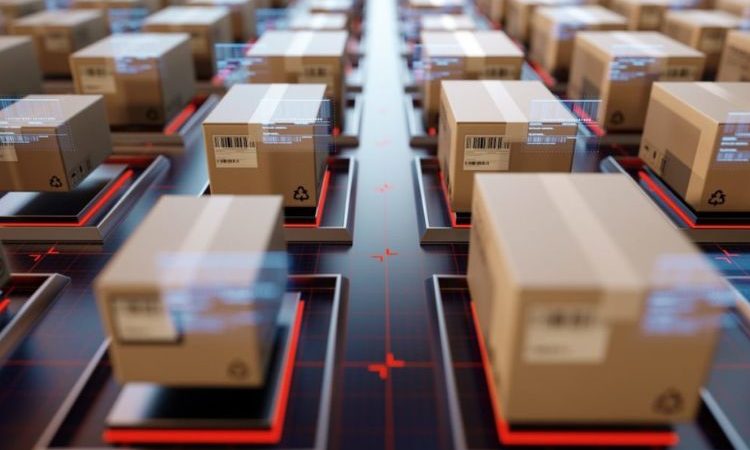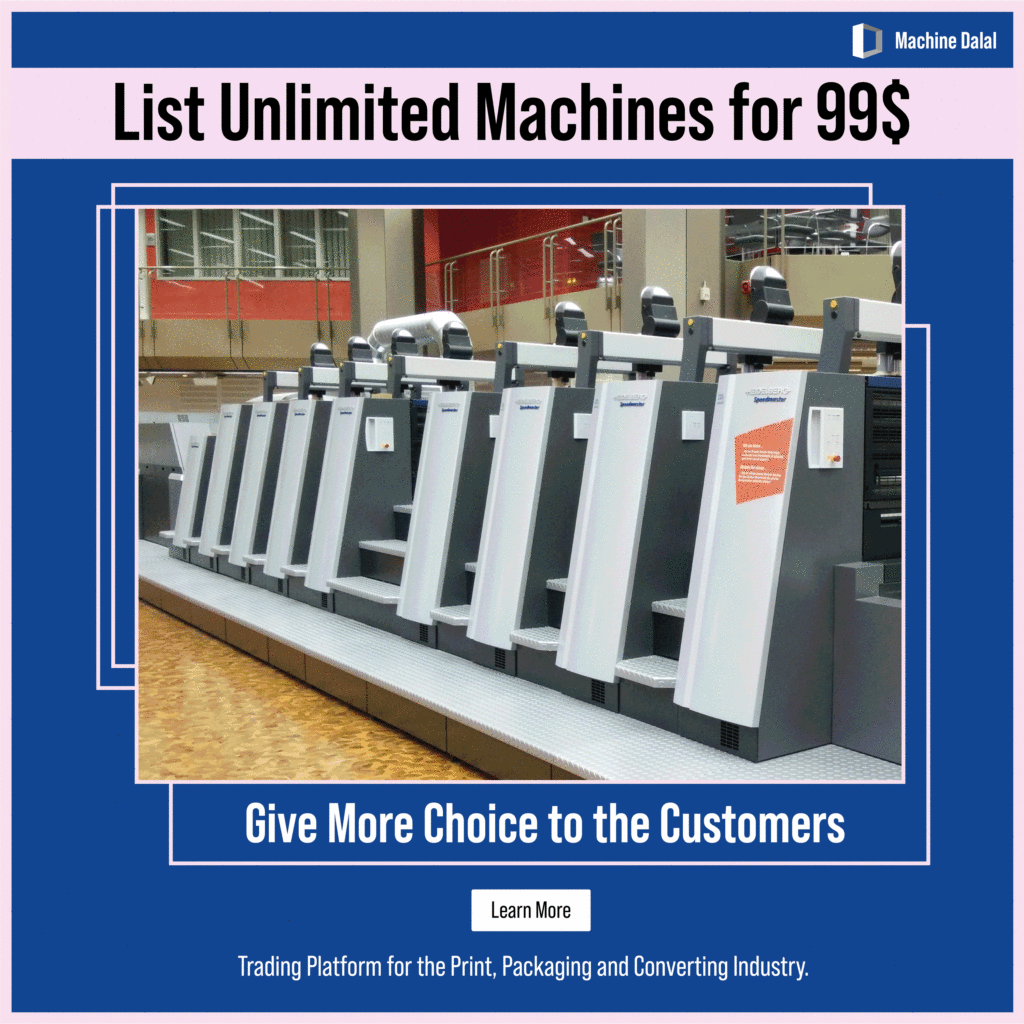The Internet of Things (IoT) has already transformed various industries, and now it’s making its mark on the packaging sector. IOP (Internet of Packaging) is a conceptualization of Internet of Things (IOT) into digitally enabled consumer packaging items. The evolution of IOP is largely technology-driven going from traditional barcodes to QR-codes, to passive digital identifiers like RFID, and into more complex and interactive digital universes driven by e.g. NFC tags embedded in packaging materials and augmented reality.
The Internet of Things is taking hold, helping packaging providers make the move from being merely reactive to being predictive. Subsequently, opportunities abound for companies to gain a substantial advantage over their industry peers.
Infact, the increased use of IoT has resulted in its growth across all industries, not just within packaging as can be seen below.

GlobalData estimates that in manufacturing, global IoT revenue will reach US$91bn by 2025, up from $69bn in 2020. This represents a compound annual growth rate of CAGR of 5.7%.
Market Outlook
Fully integrating interconnected technologies like IoT, AI, cloud and edge computing through the entire packaging value chain represents a significant opportunity.

The global internet of packaging market size was valued at USD 18 billion in 2022 and it is expected to reach around USD 45.22 billion by 2032, growing at a compound annual growth rate (CAGR) of 9.7% during the forecast period 2023 to 2032.
Benefits of IoP
Enhancing Supply Chain Visibility and Efficiency
IoP brings a new level of visibility and transparency to supply chains. With the integration of sensors and #RFID tags into packaging, companies can track their products’ journey from manufacturing facilities to distribution centers and, eventually, to the end consumer. This real-time tracking ability enables better inventory management, reduced instances of theft or loss, and more accurate demand forecasting, leading to streamlined supply chain operations and cost savings.
Enabling Sustainable Packaging Solutions
As the world embraces eco-conscious practices, the packaging industry faces increasing pressure to minimize its environmental impact. The Internet of Packaging offers a solution by optimizing #packagingmaterials and reducing waste. Smart packaging can monitor product freshness and quality, allowing for optimized shelf life and decreased food waste. Additionally, it can provide consumers with #recycling instructions and information on sustainable disposal practices, encouraging responsible consumer behavior.
Ensuring Product Authenticity and Safety
Counterfeiting remains a significant challenge for manufacturers across various sectors. IoP combats this issue by integrating anti-tampering features and authentication measures into product packaging. These features enable consumers and retailers to verify the product’s authenticity, ensuring they receive genuine goods. Moreover, smart packaging can monitor temperature, humidity, and other environmental factors, ensuring that sensitive products such as pharmaceuticals and perishable items maintain their integrity throughout the supply chain.
Examples of the Internet of Packaging
Some examples of IoP technologies include:
Temperature Sensors
Lots of products are extremely sensitive to variations in temperature; even a small change can shorten shelf life, diminish quality, or render a product unsafe for human use.
Temperature sensors closely monitor a product throughout the supply chain to confirm that conditions are optimal. These devices are typically attached to individual consumer packages or shipping containers.
Moisture Sensors
Moisture scavengers are a form of active packaging that absorb moisture from high-water activity food, such as fresh meat and fish.
As with temperature sensors, moisture sensors can verify that the active packaging is doing its job properly.
RFID Tags
RFID tags are a type of tracking technology that leverages radio frequency to identify and track product shipments.
This type of smart packaging provides manufacturers with accurate and real-time data on their inventory, whether it’s on the packaging factory floor, stored in a warehouse, or en route to the end customer. Data collected via RFID tags can inform storage and distribution strategies, address incorrect inventory counts, and improve product availability.
GPS Tracking Devices
GPS tracking devices collect data from satellites, cell towers, and Wi-Fi networks to determine the location of products and shipments. Like RFID tags, this technology provides manufacturers with real-time location updates, alerting them to delays or disruptions throughout the supply chain.
NFC Tags
Near-field communication (NFC) technology can be embedded into small tags to allow two devices to communicate wirelessly.
While RFID tags offer one-way communication — from an RFID tag to an RFID reader — NFC technology boasts two-way communication capabilities, driving more meaningful customer interactions and improving satisfaction. For example, NFC tags can easily verify a customer’s identity to send personalized messages and offers.
IoP in Action
1. Food Industry
- IoP addresses food safety concerns by monitoring temperature, humidity, and expiration dates.
- Consumers can scan QR codes to access detailed information about the product’s journey.
2. Healthcare
- IoP ensures the authenticity of pharmaceuticals and medical devices.
- Patients can verify the legitimacy of medications through smart labels.
3. Fashion and Accessories
- Luxury brands use IoP to authenticate high-value items.
- Consumers can verify the origin and craftsmanship of their purchases.
Challenges & Considerations
While the prospects of IoT in packaging seem promising, there are challenges to consider. Data security and privacy are paramount. With increased interconnectivity comes the risk of data breaches and unauthorised access. Furthermore, the environmental implications of integrating electronic components into disposable packaging must be addressed to ensure sustainability.
Smart packaging solutions can provide real-time tracking information, monitor product quality, and improve the customer experience. With the data collected via these systems, organizations can improve their inventory management processes, enhance their brand reputation, and reduce packaging and product waste to drive supply chain efficiencies and increase revenue.
To ensure successful implementation, organizations must develop formal IoT strategies and invest in rigorous cyber-security solutions. In addition, it will be necessary to address the IoT skills gap via training programs and the hiring of new talent.
We at Machine Dalal have a wide selection of print, packaging and converting machines listed with us. Industry sellers from all over the world list their print equipment with us to reach interested buyers who regularly visit our platform to find equipment that matches their needs.
Contact us to know more or simply download our app onto your Android or iOS smartphone.




